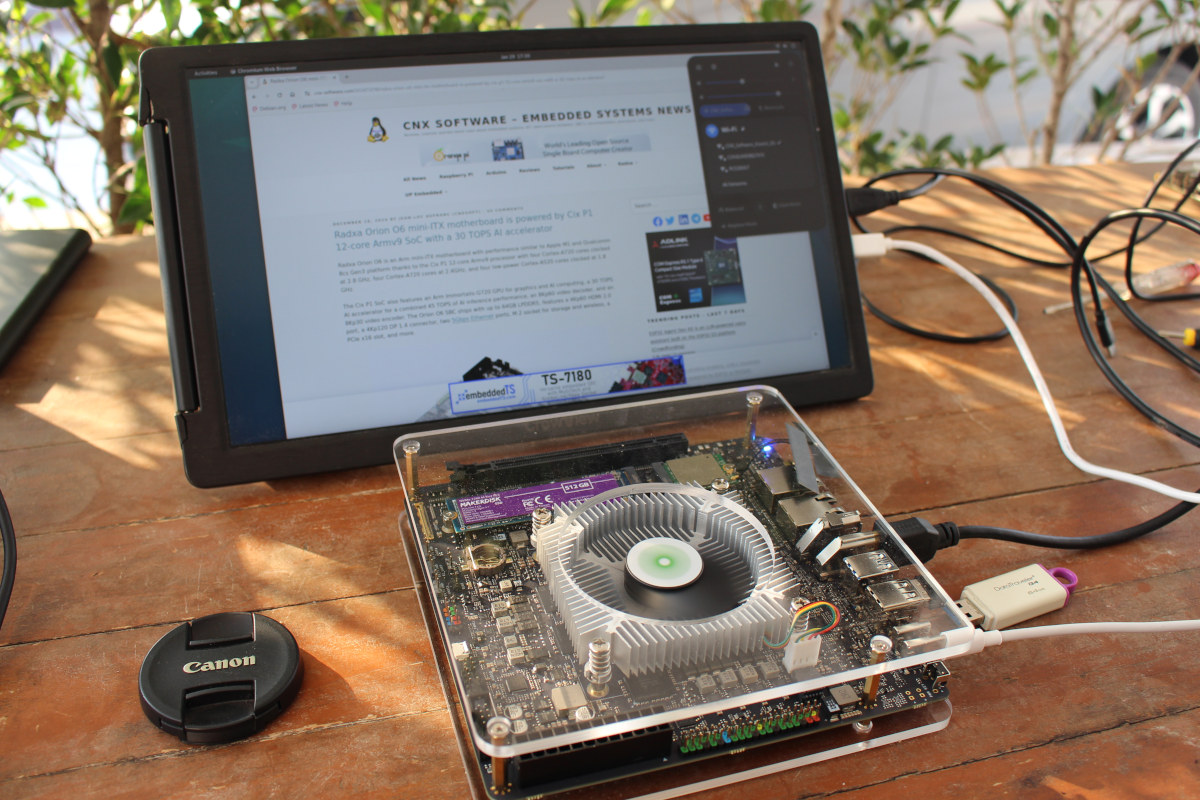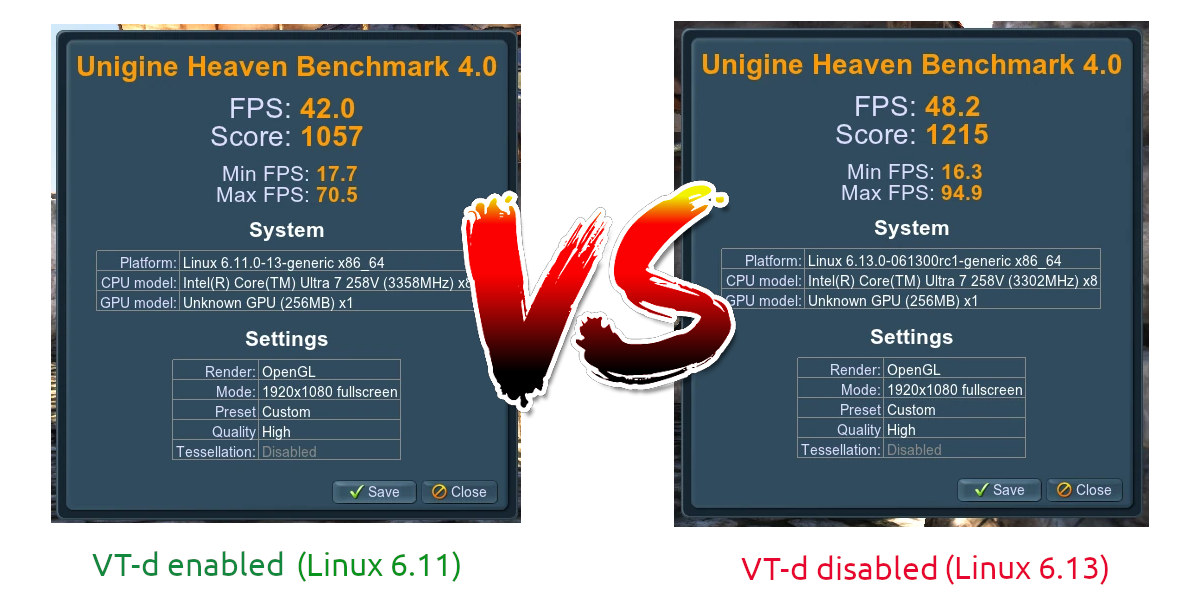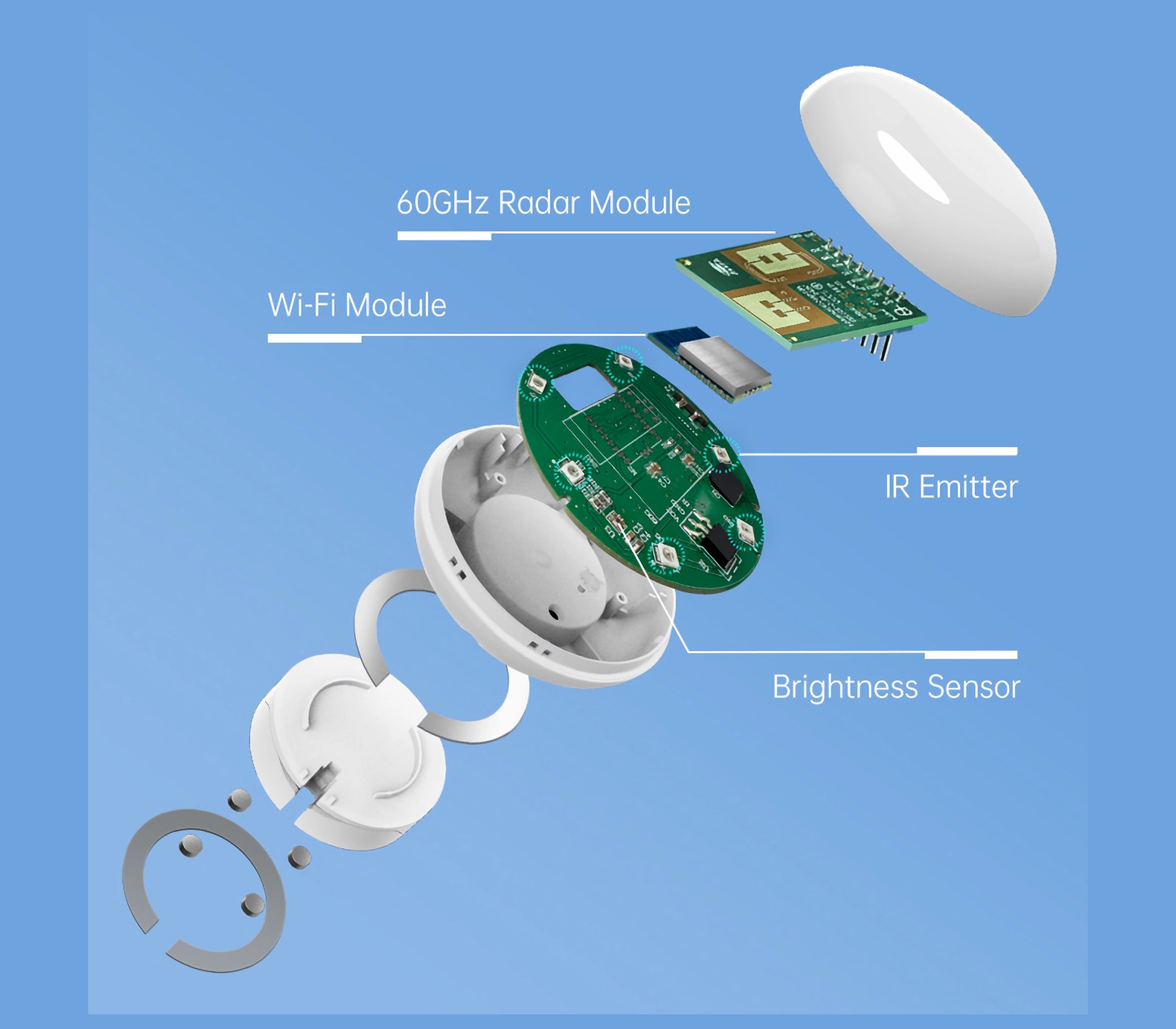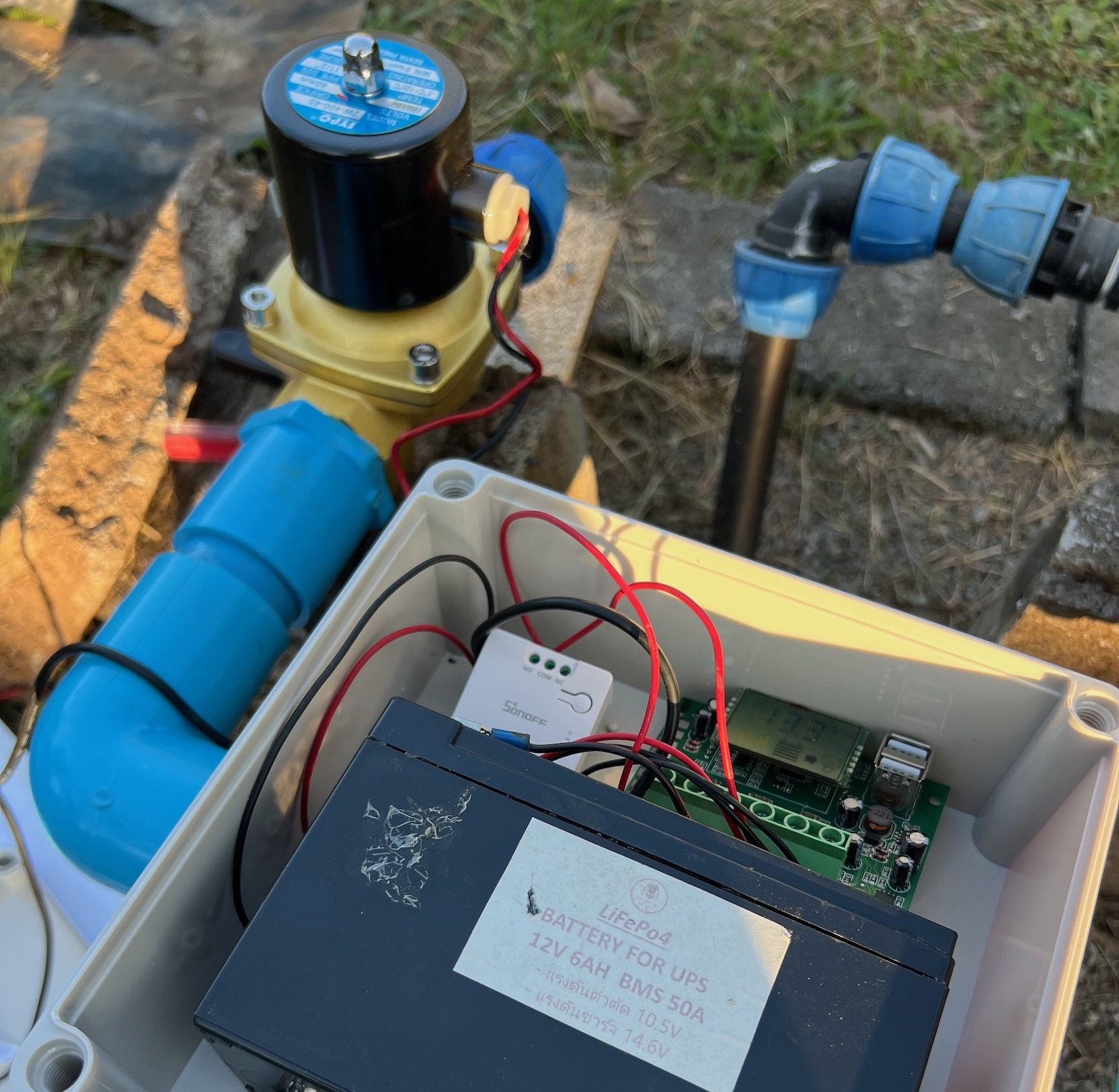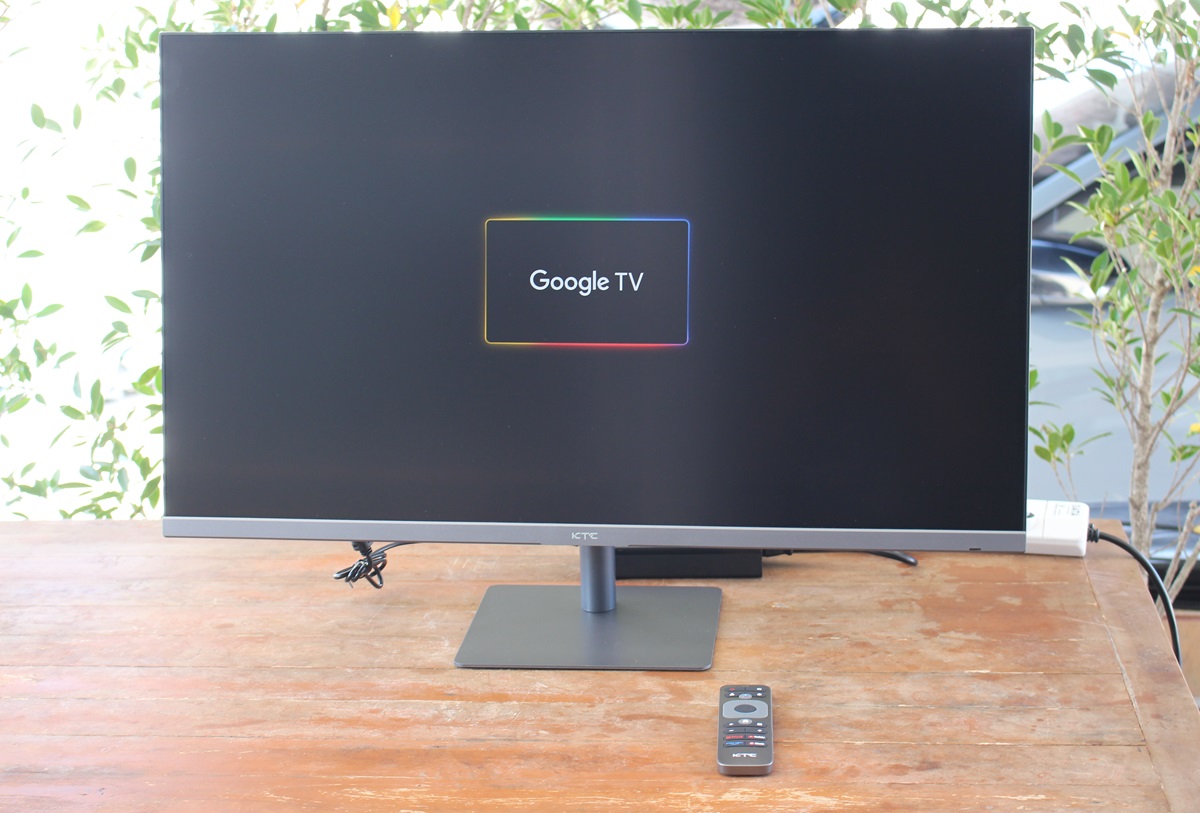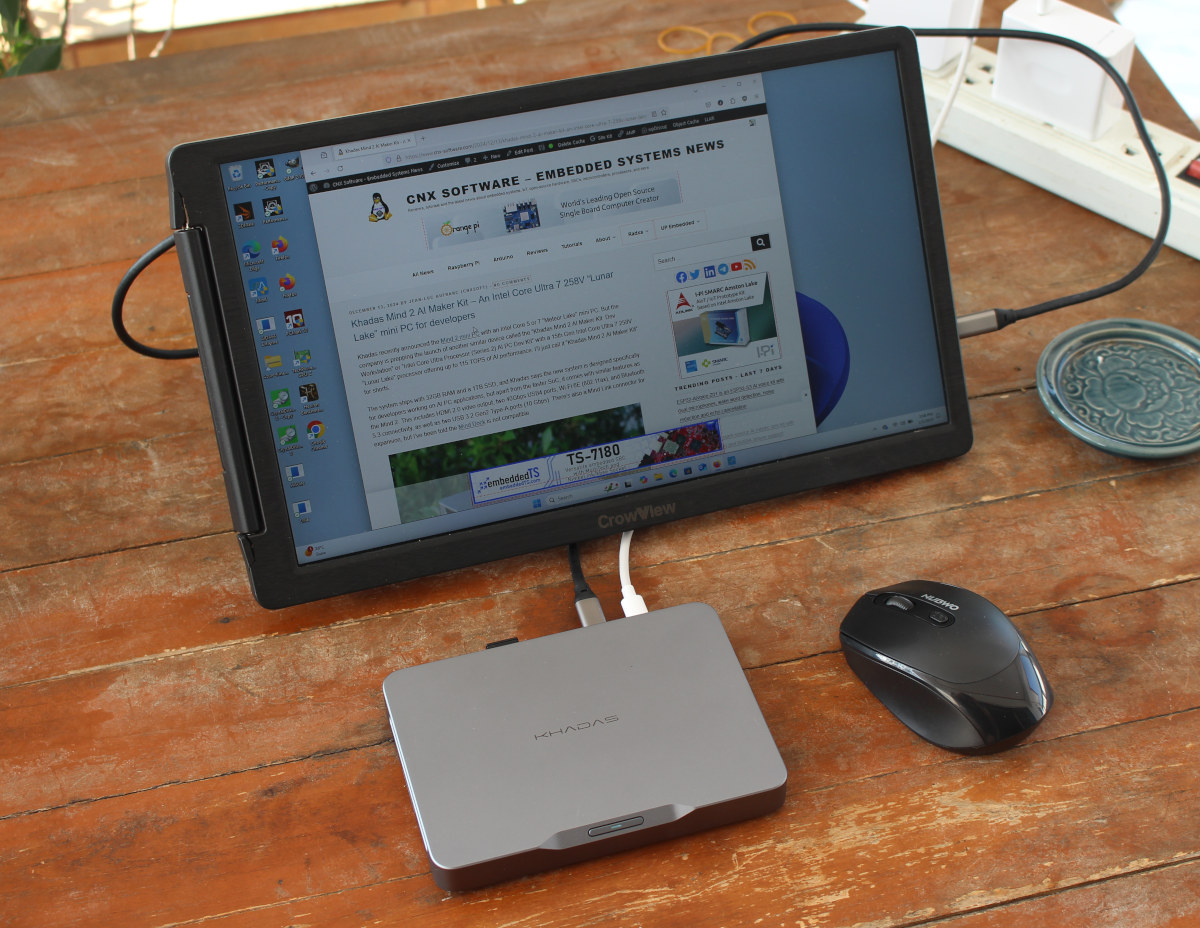IMD Technologies has recently introduced the IMDT V2N SoM based on the newly launched Renesas RZ/V2N low-power AI MPU and its SBC carrier board designed for robotics, smart cities, industrial automation, and IoT applications. The SoM ships with 8GB RAM and 32GB eMMC flash, and supports various interfaces through B2B connectors including two 4-lane MIPI CSI-2 interfaces, a MIPI DSI display interface, and more. The SBC supports MIPI DSI or HDMI video output, dual GbE, WiFi 4 and Bluetooth 5.2, as well as expansion capabilities through M.2 sockets. IMDT V2N SBC specifications: IMDT V2N SoM SoC – Renesas RZ/V2N Application Processor – Quad-core Arm Cortex-A55 @ 1.8 GHz (0.9V) / 1.1 GHz (0.8V) L1 cache – 32KB I-cache (with parity) + 32KB D-cache (with ECC) per core L3 cache – 1MB (with ECC, max frequency 1.26 GHz) Neon, FPU, MMU, and cryptographic extension (for security models) Armv8-A architecture System Manager […]
Radxa Orion O6 Review – Part 1: Unboxing, Debian 12 installation, and first benchmarks
Radxa sent me a sample of the Orion O6 mini-ITX motherboard for review. The system is powered by an CIX P1 (CD8180) 12-core Armv9 processor, equipped with 16GB RAM, and offers features like 5GbE, HDMI and DisplayPort, a PCIe Gen4 x16 slot, and more. It’s one of the most anticipated boards of the first part of 2025 since it’s powerful, offers a good performance/value ratio, and eventually promises to boot any ISO Arm64 image through an open-source BIOS / EDKII bootloader. I’ll start this review with an unboxing, NVMe SSD and WiFi module installation, and a short tutorial showing how to install Debian 12 operating systems before getting some system information and running a few benchmarks. In a few weeks, I’ll publish a more detailed review with features testing and more benchmarks to see what works and what doesn’t at this very early stage. Radxa Orion O6 unboxing I received […]
Disabling VT-d improves Intel Arc GPU Linux performance on Meteor Lake and newer SoCs
In this post, I’ll check whether disabling VT-d virtualization support may improve the performance of the Intel Arc GPU in recent Meteor Lake or Lunar Lake SoC using a Khadas Mind Maker Kit with an Intel Core Ultra 7 258V CPU with Intel Arc 140V graphics running Ubuntu 24.10. A few days ago, I read a post on Phoronix about Intel publishing tips to improve the performance of Intel GPUs in Linux: Keep the system updated with the latest kernel and Mesa versions. Ensure SoC firmware is up-to-date. These firmware updates currently require installing the Windows graphics driver; firmware updates via fwupd are in progress. Use Wayland where possible, as it supports additional modifiers for better performance. For MTL (Meteor Lake) and newer integrated GPUs, disable VT-d if virtualization is not needed. For discrete GPUs: Enable ReBAR_ Enable ASPM_ I was especially curious about the line about disabling VT-d virtualization […]
Home Assistant-compatible 60GHz mmWave radar sensor features a built-in IR blaster (Crowdfunding)
The eMotion Ultra is a Home Assistant-compatible 60GHz mmWave radar presence sensor with a built-in IR blaster with a 15-meter range, a brightness sensor, and a temperature/humidity sensor. It is powered by an Armv8-M KM4 microcontroller with built-in Wi-Fi connectivity and is targeted at simplifying complex smart home setups. The eMotion Ultra 60GHz mmWave radar presence sensor module is reported to be able to “cover up to 40 square meters (430 square feet) using just one device.” It can be configured for up to 4 zones with personalized automations for each zone. The exact Armv8-M KM4 module used isn’t named but is likely based on a Realtek RTL8720CM wireless SoC or other Realtek Ameba microcontroller. Potential applications include security management, lighting automation, home climate control, energy management, and rental property management. We have seen similar presence sensors such as the RoomSense IQ, Seeed Studio’s mmWave fall detection kit, SONOFF SNZB-06P, […]
SONOFF MINI-D Review – A Matter-enabled dry contact WiFi switch tested with eWeLink, Home Assistant, and Apple Home
SONOFF sent us a sample of the MINI-D Wi-Fi smart switch with a dry contact design for review. If you’re familiar with the larger SONOFF 4CH Pro model, which features four channels, the MINI-D operates similarly but is smaller in size and comes with the latest software features. The principle of a dry contact is that the relay contacts are not directly connected to the device’s power supply circuit. Instead, the contacts are isolated and require an external power source to supply power to the load. Make it flexible to use the SONOFF Mini-D in various scenarios such as controlling garage doors, thermostats, or high-current electrical devices through a contactor, like water pumps. It can also manage low-power DC devices such as solenoid valves or small electric motors (<8W). Because the power supplied to the MINI-D and the power passed through its relay can come from different sources, it offers […]
KTC A32Q8 Review – A 32-inch 4K Smart Monitor running Google TV
KTC A32Q8 is a 32-inch 4K UHD monitor running Google TV and supporting up to 3840×2160 resolution with a refresh rate of 60Hz. The monitor takes HDMI 2.1, Display1.4, or USB-C video input, comes with two 5W speakers, supports Dolby Audio and HDR, and offers WiFi and Bluetooth connectivity as well as USB 2.0 ports. A voice remote control is also included for Google TV control and configuration. In this review, we will look at the specifications, go through an unboxing, and test the various features of the KTC A32Q8 Smart Monitor. KTC A32Q8 Smart Monitor specifications Screen Size – 31.5-inch Resolution – 3840×2160 (Ultra HD) Visible area – 697 x 392 mm Panel Type – VA (Vertical Alignment) Aspect Ratio – 16:9 (Widescreen) Refresh Rate – 60Hz Response Time (GtG) – Not specified Brightness 250 cd/m² Brightness (HDR) 250 cd/m² Contrast Ratio 3000:1 (static) Colors 1.07 billion (8-bit + […]
Khadas Mind Maker Kit review – Part 2: Windows 11 Home on an Intel Core Ultra 7 258V AI mini PC
I’ve already gone through the specifications and an unboxing of the “Khadas Mind 2 AI Maker Kit” powered by an Intel Core Ultra 7 258V “Lunar Lake” processor delivering up to 115 TOPS of AI performance and equipped with 32GB LPDDR5X RAM and a 1TB M.2 NVMe SSD in the first part of the review. I’ve now spent time with the mini PC/developer kit which is now simply called “Khadas Mind Maker Kit”, and I will report my experience with the Windows 11 Home 24H2 operating system in the second part of the review testing features, running benchmarks including an AI benchmark, evaluating networking and storage performance, testing the thermal design while under stress, and taking measurements for fan noise and power consumption. It looks like some AI features may finally be usable on Windows, but I’ll test that in a separate post since everything is new and Microsoft Copilot+, […]
MECOOL KM9PRO MAX 4K Streaming Box runs Google TV 12.0 on Realtek RTD1325 SoC
MECOOL KM9PRO MAX 4K is a Google TV 12.0 streaming box based on the Realtek RTD1325 quad-core Cortex-A55 SoC which we initially found in the Formuler Z Mini 4K Android 12 dongle. Since it’s a more traditional TV box as opposed to an HDMI dongle, it adds features like 10/100Mbps Ethernet, optical S/PDIF output, an AV composite and audio jack, two USB 2.0 ports, while keeping the 4K-capable HDMI 2.1 port and WiFi 5 and Bluetooth 5.0 connectivity. The KM9PRO Max 4K also comes with a larger 32GB eMMC flash. MECOOL KM9PRO MAX 4K specifications: SoC – Realtek RTD1325 CPU – Quad-core Arm Cortex-A55 @ 1.7GHz with 512KB L3 cache; 20,000 DMIPS GPU – Arm Mali-G57 MC1 with OpenGL ES 3.2 VPU – 4Kp60 10-bit AV1, VP9, H.265 video decoder System Memory – 2GB LPDDR4 Storage – 32GB eMMC flash Video & Audio Output HDMI 2.1 up to 4K resolution […]



